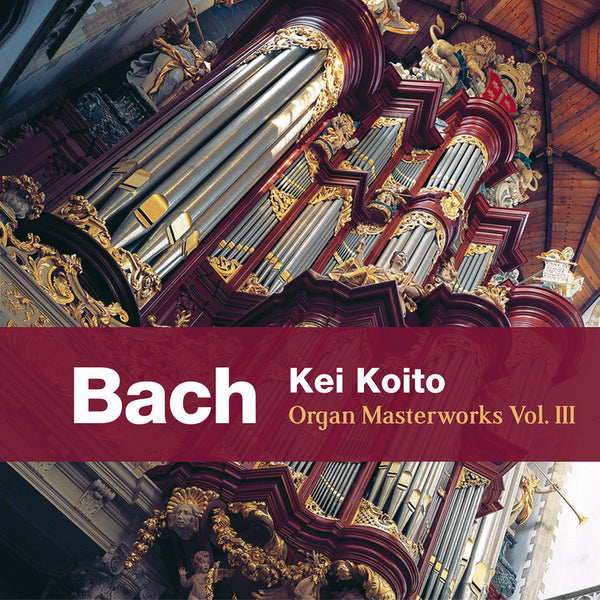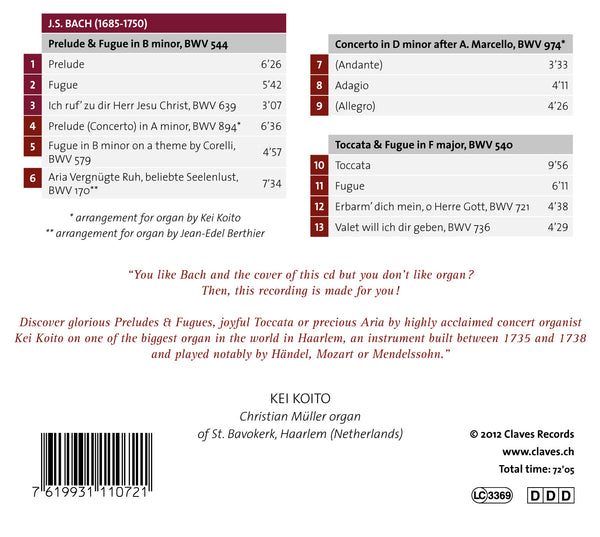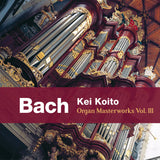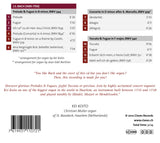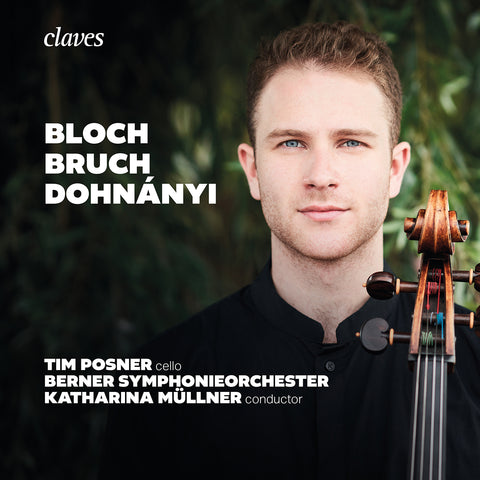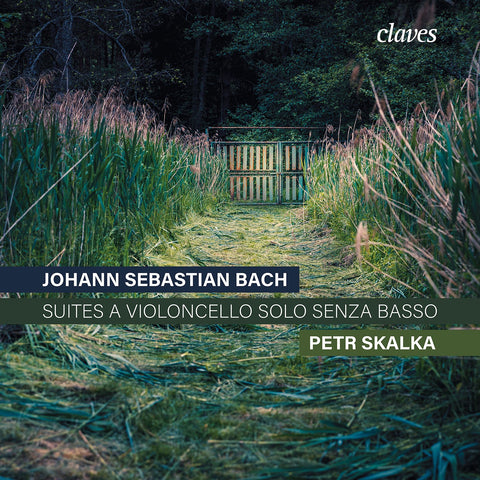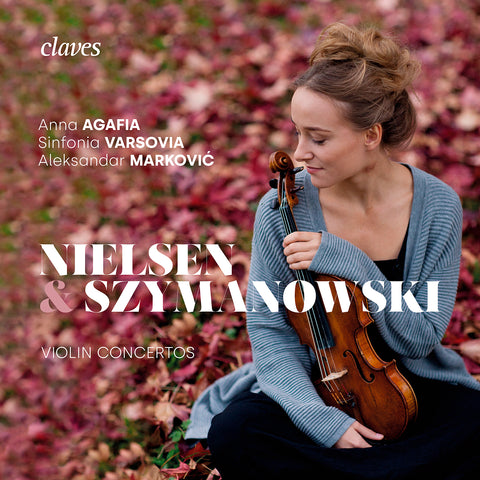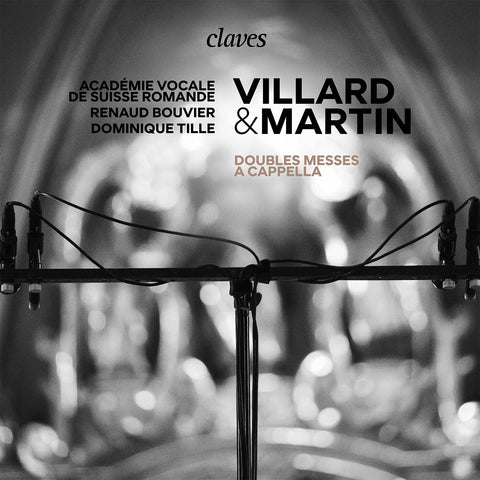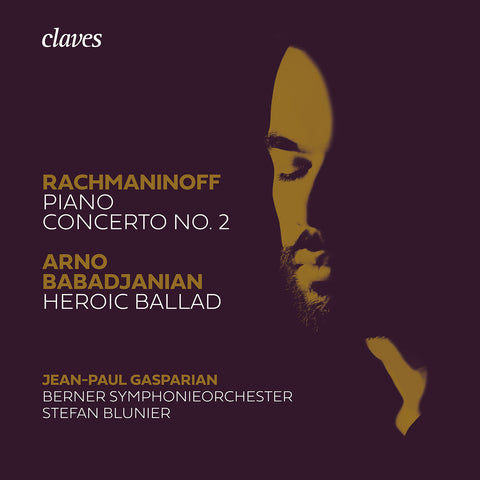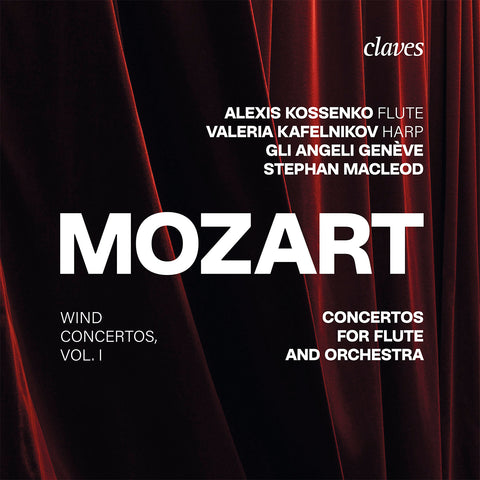(2012) J. S. Bach: Organ Masterworks, Vol. III
Catégorie(s): Musique ancienne
Instrument(s): Orgue
Compositeur principal: Johann Sebastian Bach
Nb CD(s): 1
N° de catalogue:
CD 1107
Sortie: 01.07.2012
EAN/UPC: 7619931110721
- UPC: 887396160347
Cet album est en repressage. Précommandez-le dès maintenant à un prix spécial.
CHF 18.50
Cet album n'est plus disponible en CD.
Cet album n'est pas encore sorti. Précommandez-le dès maintenant.
CHF 18.50
Cet album n'est plus disponible en CD.
CHF 18.50
TVA incluse pour la Suisse et l'UE
Frais de port offerts
Cet album n'est plus disponible en CD.
TVA incluse pour la Suisse et l'UE
Frais de port offerts
Cet album est en repressage. Précommandez-le dès maintenant à un prix spécial.
CHF 18.50
Cet album n'est plus disponible en CD.
This album has not been released yet.
Pre-order it at a special price now.
CHF 18.50
Cet album n'est plus disponible en CD.
CHF 18.50
Cet album n'est plus disponible en CD.
J. S. BACH: ORGAN MASTERWORKS, VOL. III
The reason for this unusual nocturnal presence is the recording of an organ recital dedicated to the great Bach by the extraordinary Japanese organist Kei Koito; who is a Swiss resident. To avoid day-time urban noise; and especially to give tourists and believers access to churches; organists often have no other option but to spend sleepless nights.
After a few hours sleep in a beautiful little hotel nestled in the old national stamp and bank-note factory; we arrive at 2 a.m. to be welcomed by the discreet artistic director of this recording. In the half-light; he tells us we are walking over the dead; and hopes we are not too afraid of ghosts. As we get closer; we can just make out the imposing mass of the 1738 Christian Müller organ. Jean-Claude Gaberel; sound-engineer for the project; had warned us of “a monstrous instrument”; and it certainly does command respect: it is quite simply one the biggest organs in the world.
Played by Handel; Mendelssohn and even young Wölfi at the tender age of 10; it has an innumerable quantity of pipes and stops; its least friendly feature is the unevenly weighted keys over the three keyboards; making the organist’s job quite athletic; particularly on the middle keyboard; which requires twice the strength to produce the sound. The recording goes on with an organ transcription by Kei Koito of the sublime aria from J.S Bach’s Cantata for alto; BWV 170; Vergnügte Ruh; beliebte Seelenlust (Delightful rest; beloved pleasure of the soul) whose title is in strong contrast with the outside noise coming from talkative drinkers and merrymakers.
But these untimely disturbances cannot cover the sound of such a powerful organ; even in its softest dynamics. Day soon starts to dawn; the merrymakers have gone to bed; replaced by huge; extremely noisy seagulls. But Kei Koito carries on with her programme relentlessly; playing fugues and chorales right into the early morning.
What on earth can be going on in a church between midnight and 7 a.m. ? Vespers were done away with a long time ago; and in any case there is no question of holding such ceremonies in a Protestant church; even though this one; consecrated in 1559 by the Pope and the Emperor; was originally Catholic!
The reason for this unusual nocturnal presence is the recording of an organ recital dedicated to the great Bach by the extraordinary Japanese organist Kei Koito; who is a Swiss resident. To avoid day-time urban noise; and especially to give tourists and believers access to churches; organists often have no other option but to spend sleepless nights.
After a few hours sleep in a beautiful little hotel nestled in the old national stamp and bank-note factory; we arrive at 2 a.m. to be welcomed by the discreet artistic director of this recording. In the half-light; he tells us we are walking over the dead; and hopes we are not too afraid of ghosts. As we get closer; we can just make out the imposing mass of the 1738 Christian Müller organ. Jean-Claude Gaberel; sound-engineer for the project; had warned us of “a monstrous instrument”; and it certainly does command respect: it is quite simply one the biggest organs in the world.
Played by Handel; Mendelssohn and even young Wölfi at the tender age of 10; it has an innumerable quantity of pipes and stops; its least friendly feature is the unevenly weighted keys over the three keyboards; making the organist’s job quite athletic; particularly on the middle keyboard; which requires twice the strength to produce the sound. The recording goes on with an organ transcription by Kei Koito of the sublime aria from J.S Bach’s Cantata for alto; BWV 170; Vergnügte Ruh; beliebte Seelenlust (Delightful rest; beloved pleasure of the soul) whose title is in strong contrast with the outside noise coming from talkative drinkers and merrymakers.
But these untimely disturbances cannot cover the sound of such a powerful organ; even in its softest dynamics. Day soon starts to dawn; the merrymakers have gone to bed; replaced by huge; extremely noisy seagulls. But Kei Koito carries on with her programme relentlessly; playing fugues and chorales right into the early morning.
Return to the album | Read the booklet | Composer(s): Johann Sebastian Bach | Main Artist: Kei Koito








